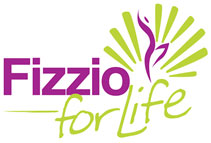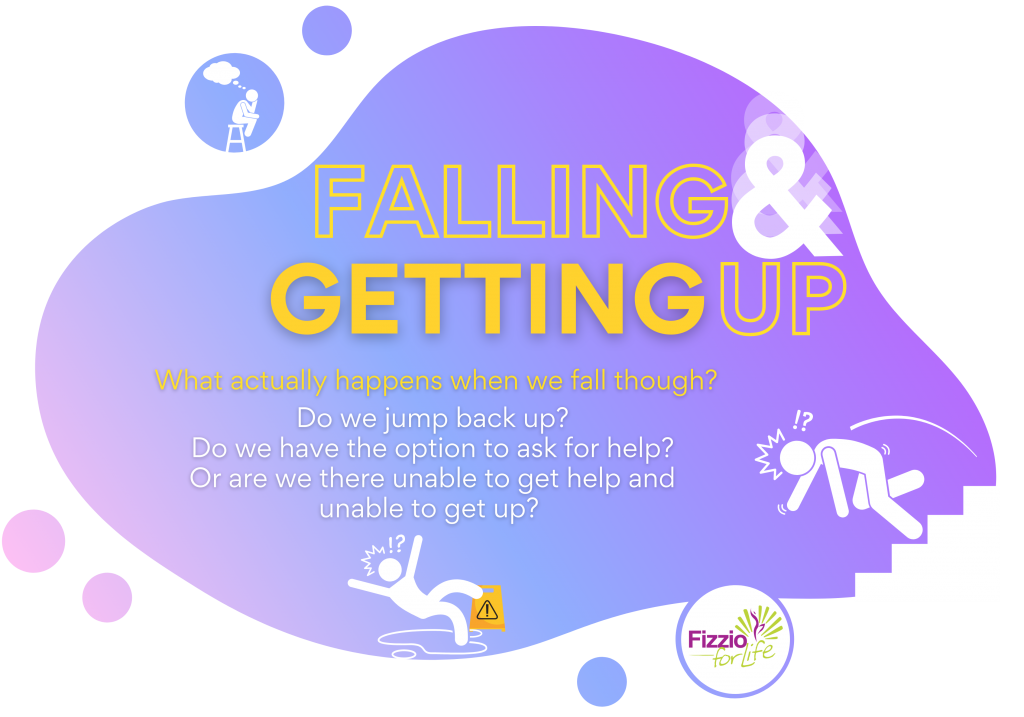Falling is something that can be scary as we age. Our chances of a fall increase as we age and often over time the consequences of our falls also become more severe.
What actually happens when we fall though?
Do we jump back up? Do we have the option to ask for help? Or are we there unable to get help and unable to get up?
The last of these options is what frightens people the most. With stories of people prone in their house unable to get up or get assistance for hours and sometimes days. People have a fear of falling and those who experience a fall note a profound *emotional impact.
Falls statistics here in Queensland
- Daily, 62 older people fall and required an ambulance with most being over 85 years of age
- Daily, 35 people are admitted to hospital with falls related injuries with 10 of these being admitted for hip fractures
During 2018-19 Queensland Ambulance Services reported
- 5.62% of call outs for over 65 year olds were for falls
- This increased to 15.8% in over 85 year olds
Risk Factors for falls
- Poor Balance and Reduced mobility
- Lower extremity muscle weakness
- Deficits in gait contribute to postural instability and falls
- Environmental factors such as carpets/rugs, wet floors, uneven surfaces
- Certain medications
Falls are caused by many factors including impaired balance, gait, reduced muscle strength, slowed reaction time, poor vision and the use of multiple medications. Additionally depression, a fear about falling, inappropriate footwear, incontinence and environmental hazards within and outside the home also impact on our risk of falls. Falls are most common in cooler months and are caused by slips and trips on level surfaces. The most common sites for injuries are to the head, hip and forearm with the hip the most common fracture site. Whilst there is extensive research and growing support of falls prevention, what isn’t discussed as much is safe and effective ways of getting up if you are not hurt or injured and able to do so.
Most falls are identified as preventable and predictable. These falls can often be prevented by staying active, maintaining strength and balance as well as identifying falls risk factors and addressing them and improving home safety to avoid hazards.
- Modifying risk factors in the physical environment can help reduce the chance of falling so is making positive changes to your modifiable risk factors.
- By maintaining a physical activity whether incidental or structured can help reduce your falls. Completing resistance training to maintain strength and practicing proprioceptive movements to challenge your balance no matter your level are great ways to help prevent yourself from falling. The strength will also help should you fall as the stronger and more mobile you are the greater the ease at which you can get up from the floor!


